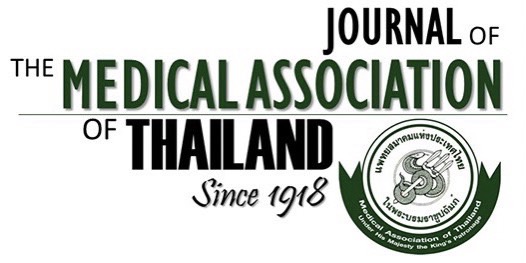Health Insurance System and Healthcare Provision: Nationwide Hospital Admission Data 2010
Sirirat Reungjui MD*, Siriluck Anunnatsiri MD*, Chulaporn Limwattananon, PhD** Yupa Thavornpitak MSc***, Piyalak Pukdeesamai MPH****, Pisaln Mairiang MD*
Affiliation : * Department of Medicine, Faculty of Medicine, Khon Kaen University, Khon Kaen, Thailand ** Faculty of Pharmaceutical Sciences, Khon Kaen University, Khon Kaen, Thailand *** Department of Biostatistics and Demography, Faculty of Public Health, Khon Kaen University, Khon Kaen, Thailand ****Phanomphrai Community Hospital, Roi Et, Thailand
Background : The three major health insurance systems are different in their medical service coverage, reimbursement
process and choice of providers; leading to the question of how great are the variations in the healthcare offered and disease
outcomes.
Objective : To assess whether differences exist and to analyze the effects of on healthcare provision and disease outcomes in
the adult population across the three health insurance systems.
Material and Method: The authors analyzed the disease outcomes of the 23 major ICD-10 disease groups among the three
major health insurance systems to obtain the death rates, levels of healthcare provision and the hospital charges. Factors
influencing mortality rates were evaluated by multiple logistic regression analysis.
Results : The community, general, tertiary care and private hospitals provided hospitalization for 41.4%, 22%, 27.3% and
9.3% of hospitalized adult patients, respectively.
Infectious & parasitic diseases were the most common causes of admissions. Disease of the digestive system was
the most common cause of admission in general hospitals while malignancy was the most common in the tertiary care
hospitals. Patients with congenital malformation, neoplasm, mental and behavioral disorder and diseases of the eye were
commonly treated at tertiary care hospitals.
The mean and median of hospital charges were highest in the Civil Servant Medical Benefit System (CSMBS)
(26,668; 10,209 Baht), followed by the Social Security System (SSS) (21,455; 9,713 Baht) and the Universal Coverage System
(UC) (13,086; 5,246 Baht). The respective overall mortality rates for the CSMBS, SSS and UC were 4.40%, 1.38% and
3.32%. After adjustment, however, a significant association between UC and mortality was found with an odds ratio of 1.43
(1.40-1.45) as compared to CSMBS. In addition, other factors most influencing mortality rates were male sex, elderly age,
and the levels of healthcare.
Conclusion : The differences in charges for some groups of diseases and significantly different clinical outcomes across
schemes existed. The differences in disease outcomes were not adjusted for socioeconomic status and disease severity,
requiring a cautious interpretation; nevertheless, an association with a higher mortality rate under the UC scheme for in-
patient services need prompt further study.
Keywords : Health insurance system, Healthcare provision, disease outcomes, hospital charges, factors influencing mortality



